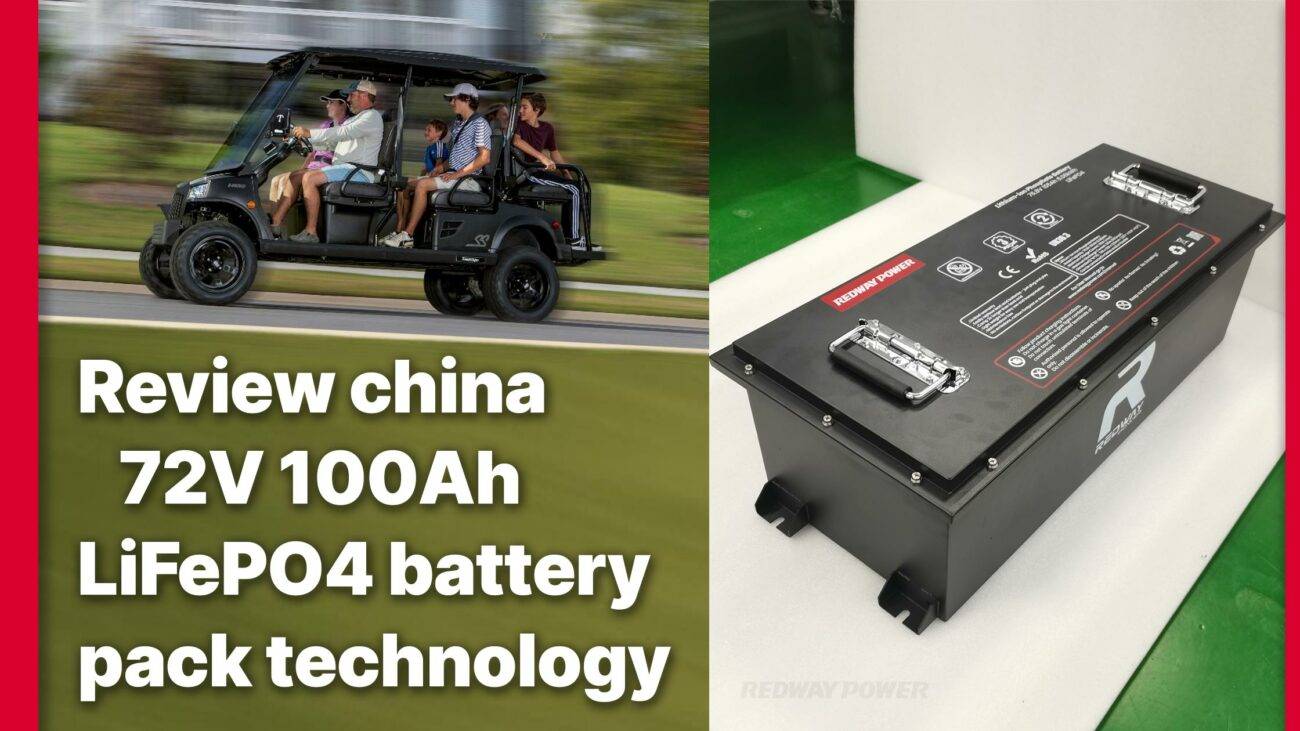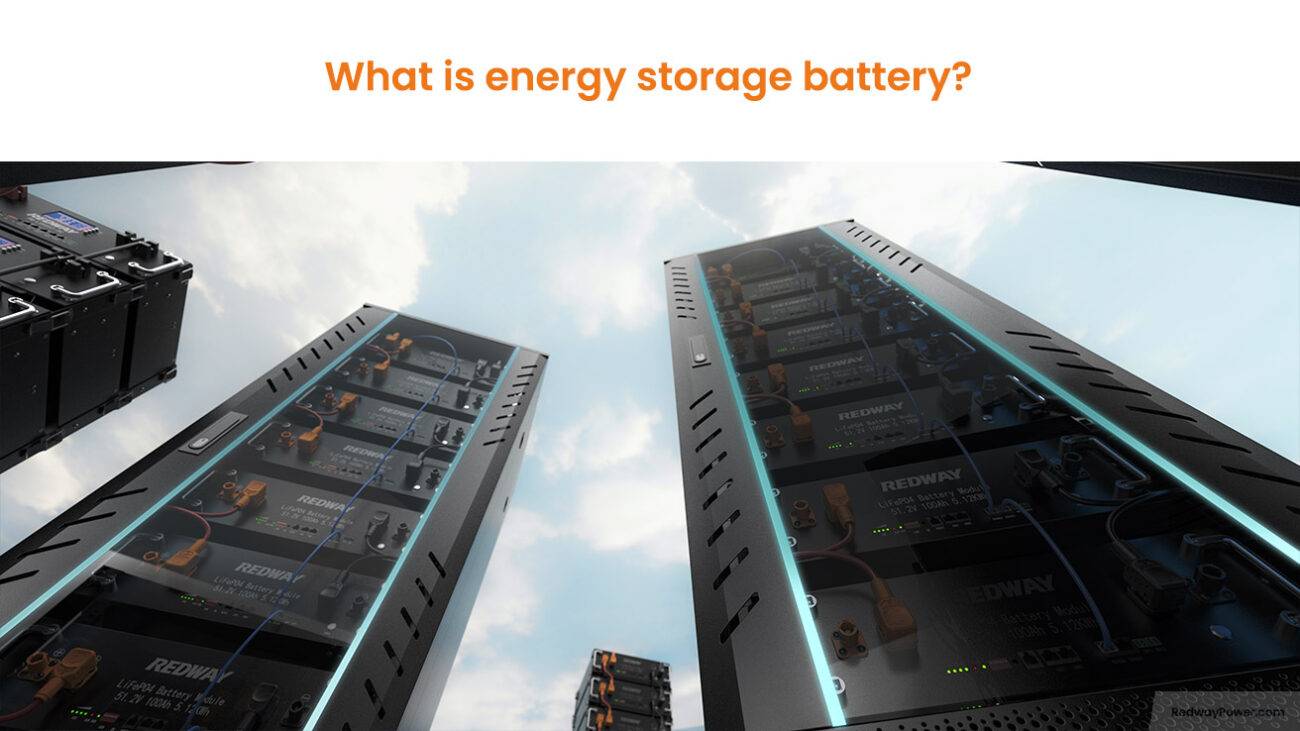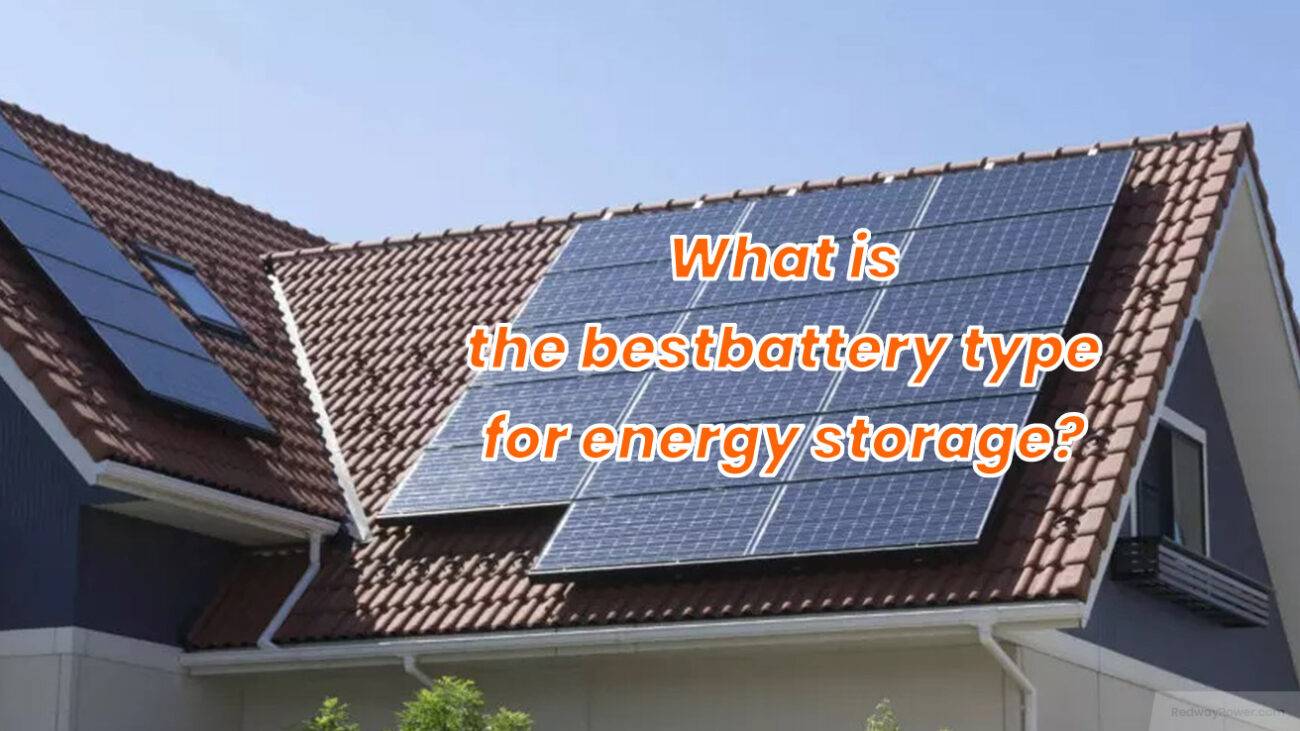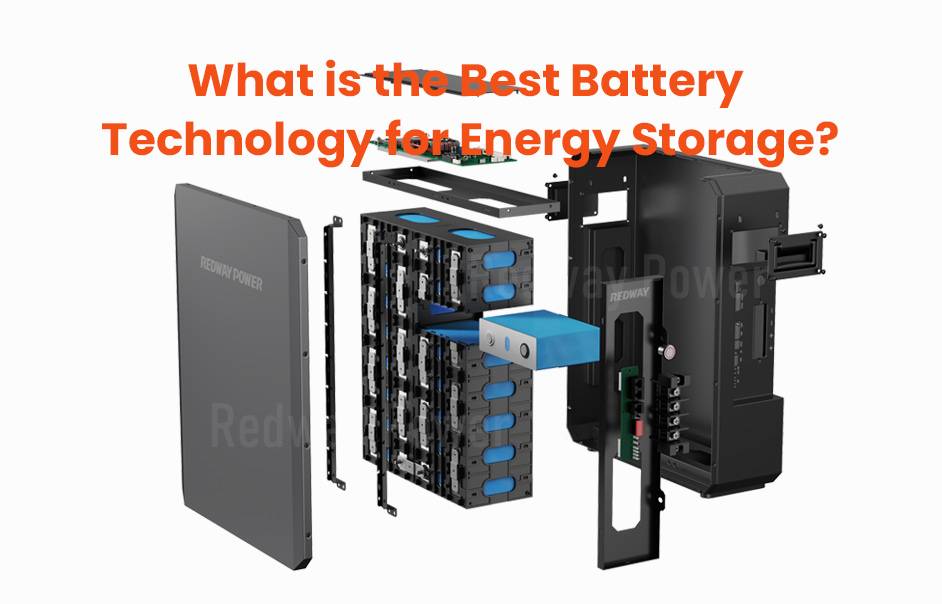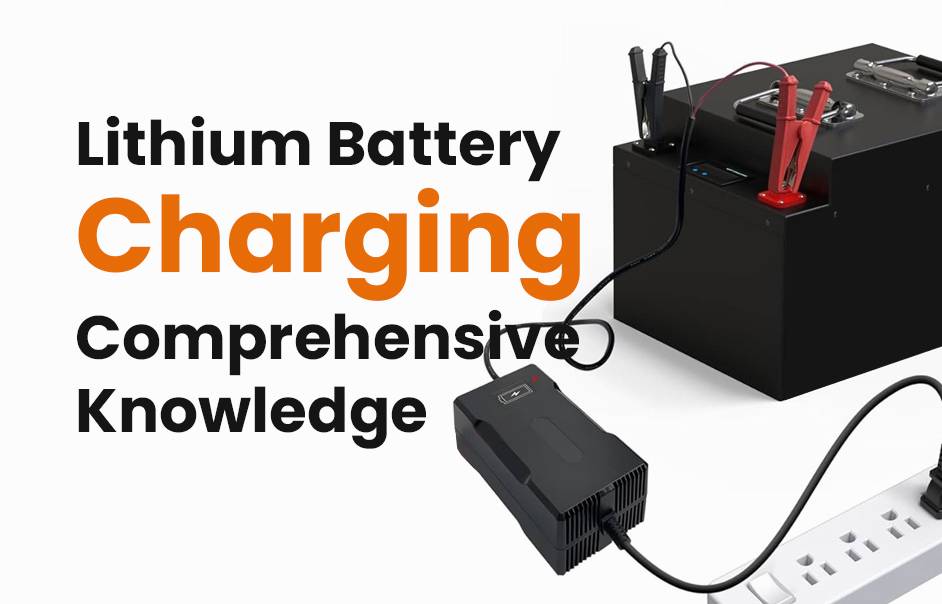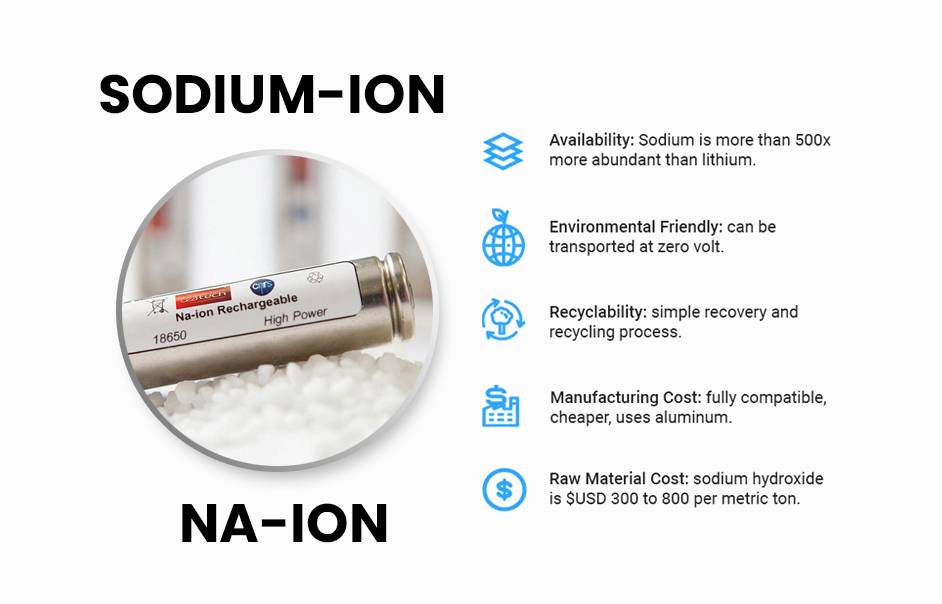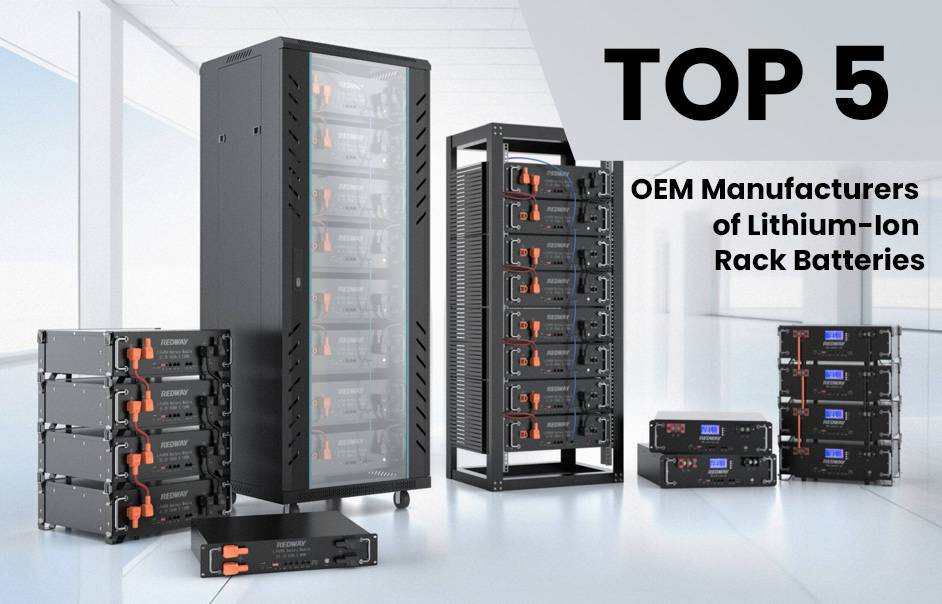
Blog
How Is Energy Stored in Batteries?
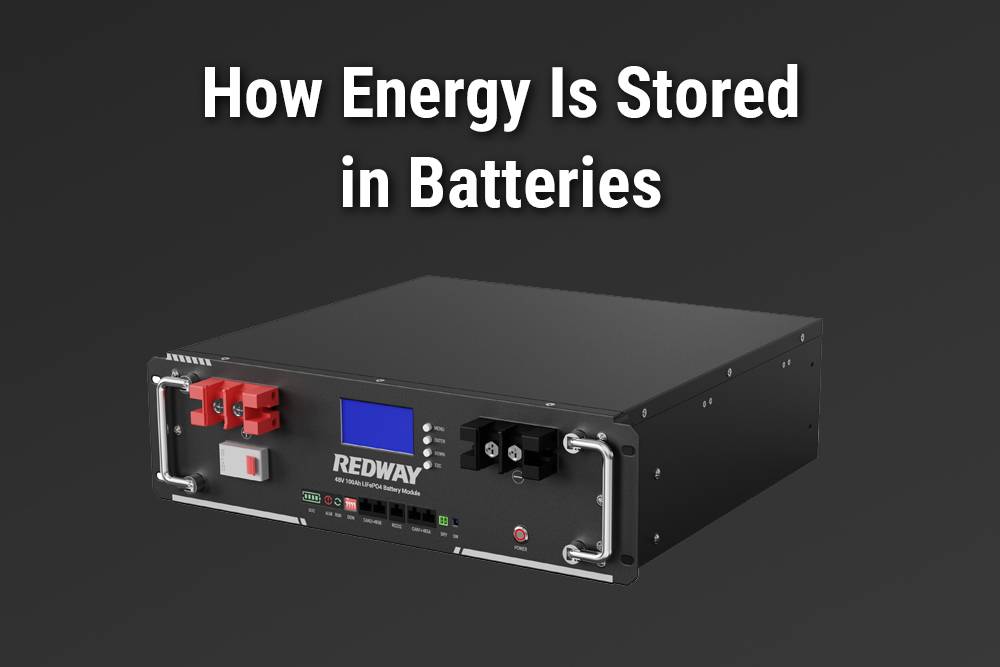
Batteries store energy chemically, converting it into electrical power when needed. Inside a battery, chemical reactions release electrons, generating a current through an external circuit. HeatedBattery explains that understanding energy storage mechanisms helps optimize battery selection, efficiency, and lifespan across applications from EVs to renewable energy storage.
What Are the Basic Components of a Battery?
A battery consists of three main components: an anode (negative electrode), a cathode (positive electrode), and an electrolyte that allows ions to move between them. A separator prevents short-circuiting while enabling ion flow. These components work together to store and release energy through controlled chemical reactions.
How Do Chemical Reactions Store Energy in Batteries?
Energy is stored via electrochemical reactions. During charging, electrical energy converts into chemical energy, altering the composition of the anode and cathode. During discharge, the chemical energy converts back into electricity as electrons flow through an external circuit. This reversible process allows repeated charging and usage cycles.
Which Types of Batteries Store Energy Differently?
Batteries differ in chemistry and energy density. Lead-acid batteries store energy in sulfuric acid reactions; Li-ion batteries store energy via lithium ion movement between electrodes; NiMH batteries rely on hydrogen absorption and release. Each chemistry affects capacity, lifespan, charging speed, and application suitability.
Why Does Energy Density Matter in Batteries?
Energy density measures how much energy a battery can store relative to its weight or volume. Higher energy density allows compact, lightweight designs, critical for EVs and portable electronics. HeatedBattery emphasizes selecting batteries with appropriate energy density for your application to balance size, weight, and runtime.
How Is Voltage Determined in a Battery?
Voltage is determined by the potential difference between the cathode and anode materials. Different chemical combinations produce different voltages. Connecting cells in series increases total voltage, while parallel connections increase capacity. Accurate voltage control ensures optimal device performance and battery safety.
Can Batteries Store Energy for Long Periods?
Yes, but storage duration depends on self-discharge rates and battery chemistry. Li-ion batteries retain charge longer than lead-acid or NiMH types. Proper storage conditions, like controlled temperature and partial charge, maximize shelf life and maintain chemical integrity.
Table: Common Battery Types and Storage Characteristics
| Battery Type | Chemistry | Energy Density | Typical Voltage | Cycle Life |
|---|---|---|---|---|
| Lead-Acid | Pb + H2SO4 | Low | 2V per cell | 300–500 cycles |
| Lithium-Ion | LiCoO2 / LiFePO4 | High | 3.6–3.7V/cell | 2000–5000 cycles |
| NiMH | Nickel + Hydrogen | Medium | 1.2V per cell | 500–1000 cycles |
| LiFePO4 | Lithium Iron Phosphate | Medium-High | 3.2V per cell | 2000–4000 cycles |
Where Are Batteries Commonly Used to Store Energy?
Batteries are used in electric vehicles, renewable energy storage systems, portable electronics, and industrial backup systems. Each application requires batteries optimized for capacity, discharge rates, lifespan, and safety. HeatedBattery provides customized solutions for industrial and consumer energy storage needs worldwide.
How Do Temperature and Environment Affect Energy Storage?
High temperatures accelerate chemical reactions, increasing self-discharge and reducing lifespan. Cold temperatures slow reactions, limiting available energy. Proper thermal management, insulation, and ventilation ensure batteries operate efficiently, safely, and reliably under varied conditions.
Could Future Batteries Store More Energy Safely?
Next-generation batteries like solid-state, lithium-sulfur, and graphene-based designs promise higher energy density, faster charging, and improved safety. Research focuses on extending cycle life while reducing fire risks and environmental impact. HeatedBattery actively explores advanced chemistries to meet growing energy storage demands.
HeatedBattery Expert Views
“Energy storage in batteries is fundamentally a chemical process. Understanding the electrochemical interactions and the factors affecting them, such as temperature, charging protocols, and material selection, is key to optimizing performance. At HeatedBattery, we focus on designing advanced LiFePO4 and lithium-ion solutions that maximize energy density, extend cycle life, and deliver safe, reliable power across diverse applications.”
Conclusion
Energy in batteries is stored through controlled chemical reactions within anode, cathode, and electrolyte structures. Choosing the right chemistry, voltage, and energy density is crucial for application efficiency and longevity. Proper environmental management and understanding storage mechanisms allow optimized performance. HeatedBattery provides innovative solutions to meet modern energy storage challenges safely and efficiently.
FAQs
What is the difference between chemical and electrical energy in batteries?
Chemical energy is stored in electrode materials; electrical energy is released when electrons flow through a circuit.
Why do lithium-ion batteries store more energy than lead-acid?
They have higher energy density due to lithium ions’ small size and high electrochemical potential.
Can batteries retain full capacity over time?
Batteries slowly degrade due to cycle use, temperature, and chemical instability; proper care extends lifespan.
Are all batteries rechargeable?
No. Primary batteries are single-use, while secondary batteries like Li-ion and lead-acid are rechargeable.
How does a battery management system affect energy storage?
A BMS balances voltage, monitors temperature, and prevents overcharge or over-discharge, optimizing performance and safety.






